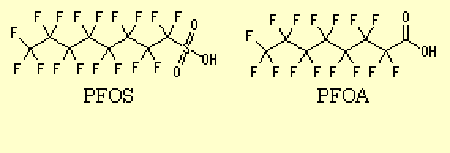| Lead (Pb) |
RoHS,ELV |
ICP mass spectrometry, flameless atomic absorption (AA) spectrometry |
| Cadmium (Cd) |
RoHS,ELV |
ICP mass spectrometry, flameless atomic absorption (AA) spectrometry |
| Mercury (Hg) |
RoHS,ELV |
Cold vapor AA spectrometry, ICP mass spectrometry |
| Six valent chromium (Cr6+) |
RoHS,ELV |
Extraction and Absorption photometry |
| Polybrominated biphenyls (PBB) |
RoHS |
Gas chromatography mass spectrometry |
| Polybrominated diphenyl ethers (PBDE) |
RoHS |
Gas chromatography mass spectrometry |
| Asbestos |
EEC Directive, Occupational Health and Safety Law |
X-ray diffraction method, phase contrast microscopy |
| Azo dyes and pigments |
German regulation on its use in consumer goods |
Gas chromatography mass spectrometry |
| Ozone depleting substances |
Law concerning the Protection of the Ozone Layer through the Control of Specified Substances and Other Measures, Montreal Protocol |
Gas chromatography mass spectrometry |
| Polychlorinated biphenyls (PCBs), polychlorinated terphenyls (PCTs) |
Chemical Substance Control Law |
Gas chromatography mass spectrometry |
| Polychlorinated naphthalenes (PCNs) (number of chlorine atoms: more than 3) |
Chemical Substance Control Law |
Gas chromatography mass spectrometry |
| Radioactive materials |
U.S. Nuclear Regular Commission regulations on power reactor and radioactive materials |
G. M. counter |
| Short-chain chlorinated paraffins |
Norway regulations |
Gas chromatography mass spectrometry |
| Tibutyltin (TBT), triphenyltin (TPT) (organic tin compounds) |
Chemical Substance Control Law |
Gas chromatography mass spectrometry |
| Tributyltin oxide (TBTO) (organic tin compound) |
Chemical Substance Control Law |
Gas chromatography mass spectrometry |




